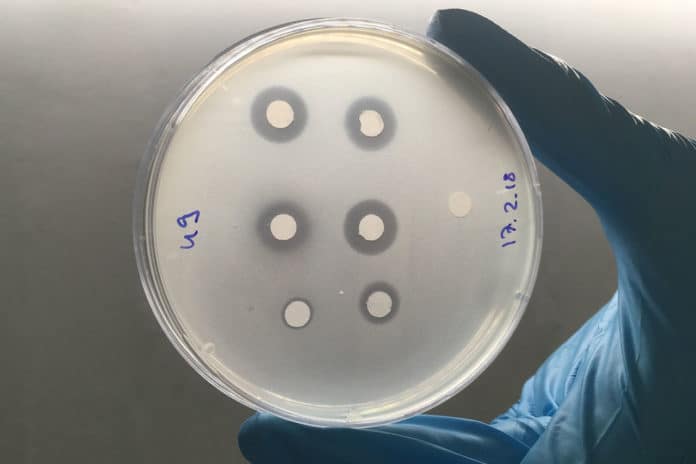Nowadays, it has become a trend to develop drugs from natural products. Now, scientists at the ETH Zurich have brought a totally new approach. They have turned toward the leaves of plants.
Working on a new project called SNSF, scientists have discovered novel, antibiotically active chemical substances in a previously rarely explored site: the leaf of a common field weed. They have investigated bacterial strains from the leaf surface of Arabidopsis thaliana, or thale cress, which grows in the wild.
Julia Vorholt of the Institute of Microbiology at ETH Zurich said, “This microcosm, known as the phyllosphere, is poor in nutrients. That gives rise to intense competitive pressure. As a result, bacteria produce a diversity of substances that allow them to defend their habitat. That’s because the phyllosphere is populated by a large number of organisms.”
Scientists studied almost 200 bacterial strains that grow in the widespread thale cresses. They also tested them by applying bioinformatics techniques to investigate gene clusters that are able to control the production of substances and could thus have an effect on other bacteria.
Vorholt said, “To find out exactly what those effects are, we ran parallel tests in the laboratory and found that 725 antibiotic interactions between various strains that prevent some of the bacteria from multiplying.”
In order to check whether the strains dealing with new antibiotics, scientists had to detailed study their chemical composition. They particularly studied Brevibacillus sp. Leaf182, gene clusters and compounds of a single strain of bacteria and found several antibiotically active chemical substances.
One of them was macrobrevin, had a completely novel chemical structure.
Jörn Piel of the Institute of Microbiology at ETH Zurich said, “The big question was obviously whether we had simply found natural products that are known from other habitats, or whether we had stumbled onto compounds with totally new characteristics. This has important implications for antibiotic research, which is seeking new antibiotics with mechanisms of action that are very different from those of today’s drugs and thus could overcome existing antibiotic resistance.”
“Now we need to clarify whether macrobrevin and other newly discovered substances are also effective against bacteria that cause disease in humans. This is an exciting possibility, but even more exciting is having shown that the relatively unexplored phyllosphere still contains many antibiotically active natural products to be discovered: I have no doubt that this incredibly diverse ecosystem will provide medical science with many new approaches. Our findings confirm that it is worth expanding the search for antibiotics in nature.”
Scientists reported their study in the journal Nature Microbiology.
